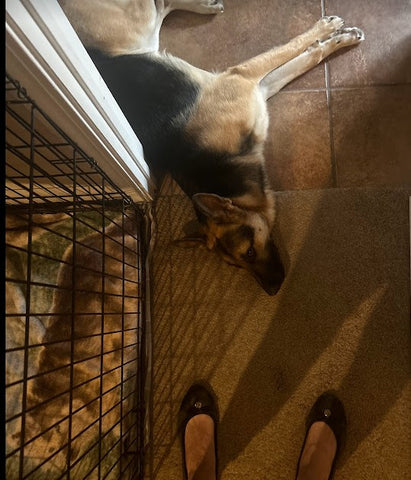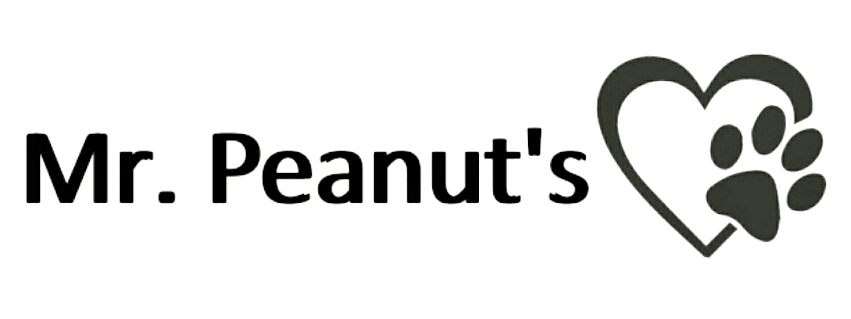You’re probably grinning from ear to ear at the idea of new pet coming to live with the family. And you should be! Dogs are all kinds of awesome and we are better for having them in our lives.
What we often are not, however, is experienced with having a dog, especially a puppy.
We call them our “furbaby” and in many ways, bringing a puppy into your home is exactly like bringing home a new baby.
At first, other than love, there aren’t many things you have in common.
- You don’t speak the same language.
- You don’t know their “signs” yet.
- You don’t know how calm or anxious they are.
- You don’t know how they’ll respond to different situations.
The new pup doesn’t know you either.
- Is your home loud or quiet?
- Is the house a very busy one with people coming and going all the time?
- Is your schedule very relaxed or firmly set?
- Are there small children and/or other pets in the home?
Many different situations exist when we bring a puppy into the home. This means that what’s familiar and barely noticed by us, can be strange and scary for a new pup.
What can you do?
1. Plan to have the pup in an area that’s on the quieter side, out of the main flow of household traffic, and ideally where you’ll put the pup’s crate.

2. Keep guests at a minimum for a few weeks so your pup can have a chance to learn your normal routine.
3. While watching the antics of a new puppy in your home, be aware that your dog is in a new place where it doesn’t know the rules. You’re going to have to show him or her where to go potty and it’s easier if accidents aren’t allowed to happen. This means thoroughly cleaning any pee spots and gently re-directing the pup to the proper area outside.
4. Puppies are babies and like babies they will have bursts of energy followed by sleeping and/or periods of lying quietly. They need this time to recharge, so let them sleep when they need to.
5. Dogs need to learn our language and what words we use for what actions we want. Yelling “GET DOWN!” may sound reasonable when the dog is jumping on Grandma, but being gentle in voice and actions will yield the best results in the long run.

Children love puppies. SO MUCH! Unfortunately, this can be a little TOO MUCH when it comes to puppies. Both children and dogs have to learn how to treat the other. Showing children how to appropriately touch a dog, as well as when the dog does not want to touched, is good for both human and dog babies.

Overall, be gentle but firm, allow for rest and play as needed, and train your pup to live a long and happy life in their new home!
See Train Your Pup





